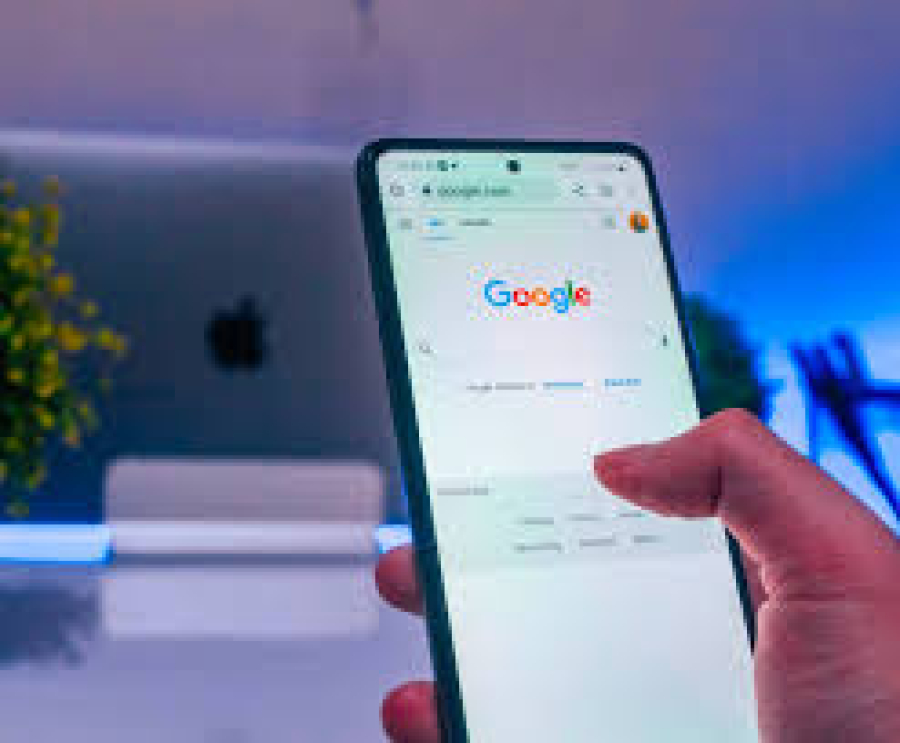How to Win Residential Design Projects as a Freelancer
The residential design market offers incredible opportunities for freelance designers, especially as homeowners increasingly seek personalized, stylish, and functional living spaces. However, winning these projects as an independent freelancer requires more than design talent—it demands a strategic mix of branding, networking, client handling, and smart proposal development.
At freelancerbridge, we help freelancers thrive in competitive markets. This guide explains how to consistently land residential design projects and grow a strong, referral-driven freelance business.
Long Description
Why Residential Design Is a Goldmine for Freelancers
Residential design projects are often deeply personal for clients. They seek designers who can transform their home into a reflection of lifestyle, personality, and comfort. Freelancers are often preferred for these jobs because:
They offer a personalized, flexible approach
Clients can directly communicate their vision
Freelancers are often more affordable than large firms
Independent designers offer unique and creative design styles
These advantages, if marketed well, can help you stand out in a competitive design landscape.
Key Strategies to Win Residential Design Projects
1. Define Your Residential Design Niche
Don’t try to appeal to everyone. Choose a specific area of residential design that reflects your strengths:
Minimalist interiors
Smart-home integrations
Vintage or industrial-style makeovers
Family-friendly space planning
Small space/maximization design
Eco-friendly or sustainable interiors
Niche positioning not only builds expertise but also attracts ideal clients through targeted SEO and referrals.
2. Build a Strong, Visual Portfolio
Clients buy what they can see. A professional, image-rich portfolio should include:
Before-and-after shots
3D renderings or mockups
Mood boards
Room-specific examples (kitchen, bedroom, etc.)
Detailed design narratives (objectives, challenges, and solutions)
Include case studies with real client feedback. Host your portfolio on your website and optimize it with terms like “residential interior designer,” “freelance home designer,” etc.
3. Master the Client Discovery Call
The discovery call is where most freelancers win or lose projects. To stand out:
Ask insightful questions: “What’s your daily routine in this space?”, “How do you want to feel in your living room?”
Listen actively and validate their goals
Avoid generic promises—be specific about what you can deliver
Share a mini idea or concept on the call to demonstrate your value
Freelancers who communicate well gain instant trust and buy-in.
4. Offer Tiered Service Packages
Clients have varying needs and budgets. Offer clear packages:
Basic Package:
Layout planning
Mood board
Shopping list
Standard Package:
2D and 3D design
Two revisions
Color and material consultation
Premium Package:
Full room-by-room redesign
3D walkthrough
Vendor coordination
Styling consultation
Tiered pricing increases accessibility and makes upselling easier.
5. Utilize Interior Design Apps
Use apps to create a fast, professional impression:
Planner 5D, SketchUp, Morpholio Board: For fast mockups and visual mood boards
Canva: For branded proposals and concept presentations
Magicplan: To scan and create accurate floor plans
Offering visuals early in the client journey builds credibility and excitement.
6. Get Featured on Local Listings and Directories
Ensure you're visible where homeowners search:
Google Business Profile
Houzz
Thumbtack
UrbanClap
Local Facebook/WhatsApp groups
Ask clients to leave reviews, share testimonials, and refer others. Word-of-mouth and visibility on niche platforms go hand-in-hand.
7. Collaborate with Realtors and Builders
Partner with:
Real estate agents: Offer design consultations as part of staging services
Builders and contractors: Provide design packages for new homeowners
Furniture or home decor stores: Offer in-store free design advice to attract leads
These partnerships give you a continuous stream of warm leads.
8. Create High-Converting Proposals
Your proposal should be:
Visually clean and branded
Include client goals, your proposed design solution, a timeline, and pricing
Attach mockups or mood boards
Clearly define what’s included and not included
Offer 2–3 package options
Use tools like Canva or Adobe Express to create sleek proposal templates.
9. Leverage Social Media for Proof and Discovery
Use Instagram, Pinterest, and LinkedIn to:
Post time-lapse design projects
Share design tips or client testimonials
Show mood boards and space transformations
Use location and niche hashtags
Run reels of “design process” or “before vs after” series
Consistency builds trust. Clients will DM you when they see themselves in your style.
10. Build a Referral Engine
Happy clients are your best marketing tool. Encourage referrals by:
Offering small thank-you discounts for successful referrals
Creating a referral flyer clients can share with friends
Staying in touch with updates, newsletters, or new service announcements
Referrals convert faster and are more likely to trust you from day one.
Mistakes to Avoid When Pitching Residential Design
Overloading clients with technical jargon: Keep it simple and solution-focused.
Underpricing services: Always account for time, revisions, and creative effort.
Skipping contracts or briefs: Always use formal agreements to protect both parties.
Ignoring timeline clarity: Set realistic delivery dates and buffer times.
Neglecting post-design support: Offer help for sourcing, delivery, and final adjustments.
Tools That Help You Win Residential Projects Faster
Dubsado or Honeybook – Proposal and contract automation
Trello or Notion – Project tracking and client updates
Google Drive or Dropbox – Organized asset sharing
Calendly – Client meeting scheduling
Instagram/Facebook Ads – Targeted local promotions
Investing in basic systems helps you scale and stay stress-free.
SEO Tips to Rank for Residential Projects on FreelancerBridge
Use keywords like:
“freelance home interior designer”
“residential design expert”
“freelance home decor consultant near me”
Optimize image alt text on your portfolio
Write blog content about specific room designs (e.g., “Bedroom Layout Tips”)
Add testimonials with location references (e.g., “Client in Bangalore”)
Update your Google Business listing monthly with new photos and posts
Final Thoughts
Winning residential design projects as a freelancer is all about combining creative talent with smart business systems. By defining your niche, showcasing your portfolio, nurturing client relationships, and using the right tools, you’ll turn more consultations into paying clients.
At freelancerbridge, we’re committed to helping you grow your creative career with confidence. With a strategic approach and consistent branding, you can become the go-to name for residential design in your market.


 by Emily
by Emily




